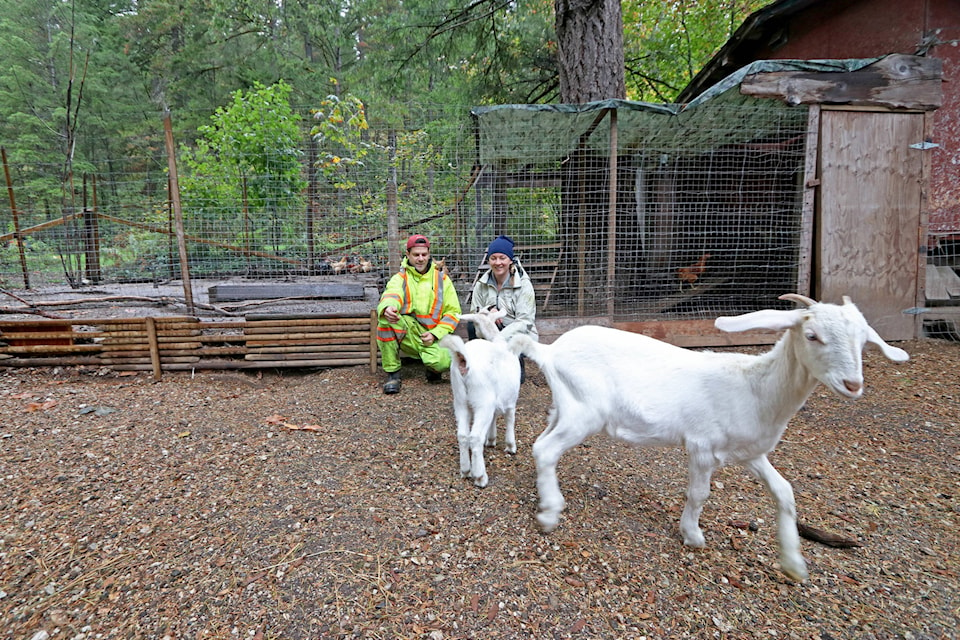New data from Statistics Canada’s Census of Agriculture, released May 10, shows the changes in farms in Fraser Valley Regional District Area B. Data for Hope and FVRD Area A was not available in the census.
Area B includes Laidlaw, Sunshine Valley, Dogwood Valley and Yale. Comparing the census from 2011 to 2016, it shows that the number of farms and operators have not changed, at 50 and 70 respectively.
However, within that 50 farms in the area, there have been some changes in the type of farming that they do. The biggest increase are in the “other crop farming” category, from four farms in 2011 to 10 in 2016. That category includes hay farming, production of maple syrup and its products and miscellaneous crop farming. The biggest decrease is in greenhouse, nursery and floriculture production, from six farms to three.
Sheep and goat farming, and vegetable and melon farming also saw a decrease. Cattle ranching and farming, and poultry and egg production, saw an increase.
Vegetables grown in Area B include tomatoes, cucumbers, beets, dry onions, pumpkins, squash and zucchini.
The size of farms have also changed. In 2011, only one farm had 760 to 1,119 acres, but in 2016, there were two farms of that size. Most farms are under 70 acres — 44 per cent of farms are within the 10- to 69-acre size, while 34 per cent are under 10 acres. Memorial Park is about 8.65 acres.
Gross farm receipts excluding forest products sold has dropped by $1.29 million from 2011 to 2016. In 2011, farms had $5.42 million in receipts while in 2016, they had $4.13 million.
The biggest changes are in the farms which recorded receipts of $10,000 to $24,999 and $25,000 to $49,999. Five farms joined the former category, while five left the latter category. Sixty-two per cent of farms record receipts of under $10,000. No farms made $2 million or more in receipts in 2016, whereas there was one in 2011.
Thirty per cent of farms have a farm capital of $500,000 to $999,999. The biggest change is in the $350,000 to $499,999 category, with a decrease of seven farms. The biggest increase was in the under-$10,000 category, with an increase of four farms.
